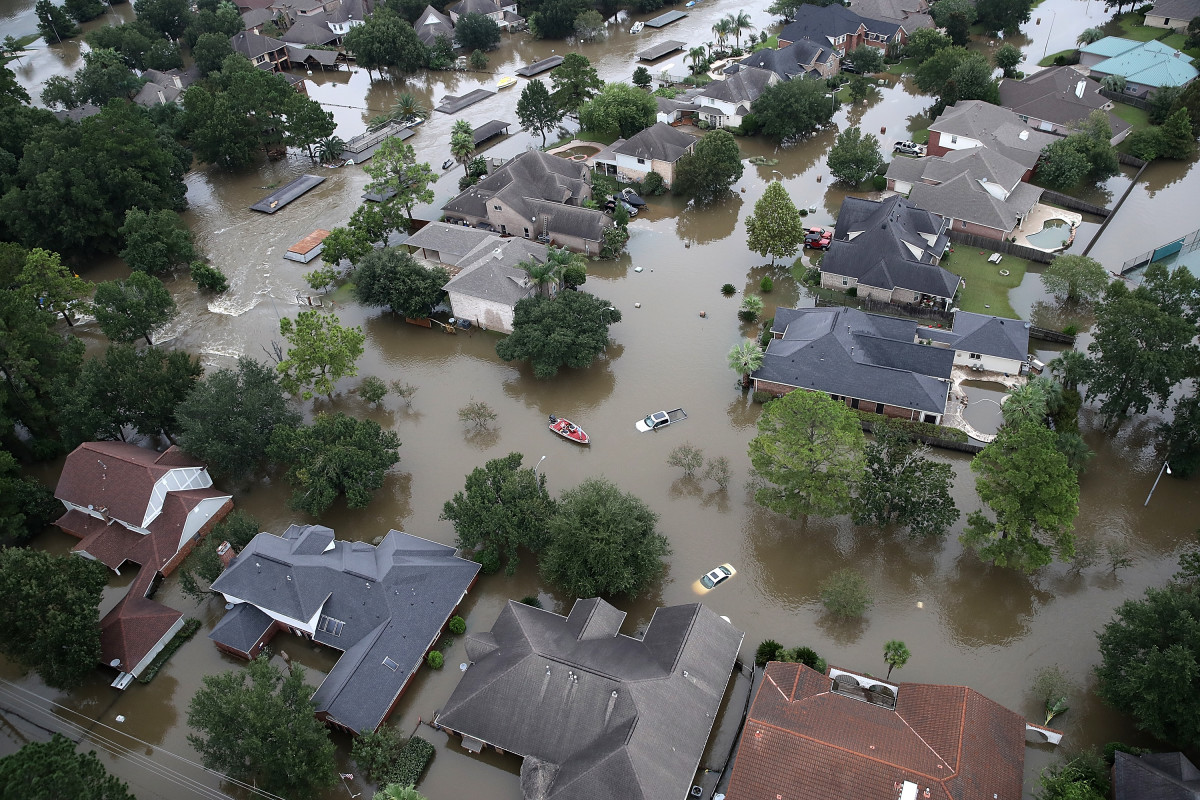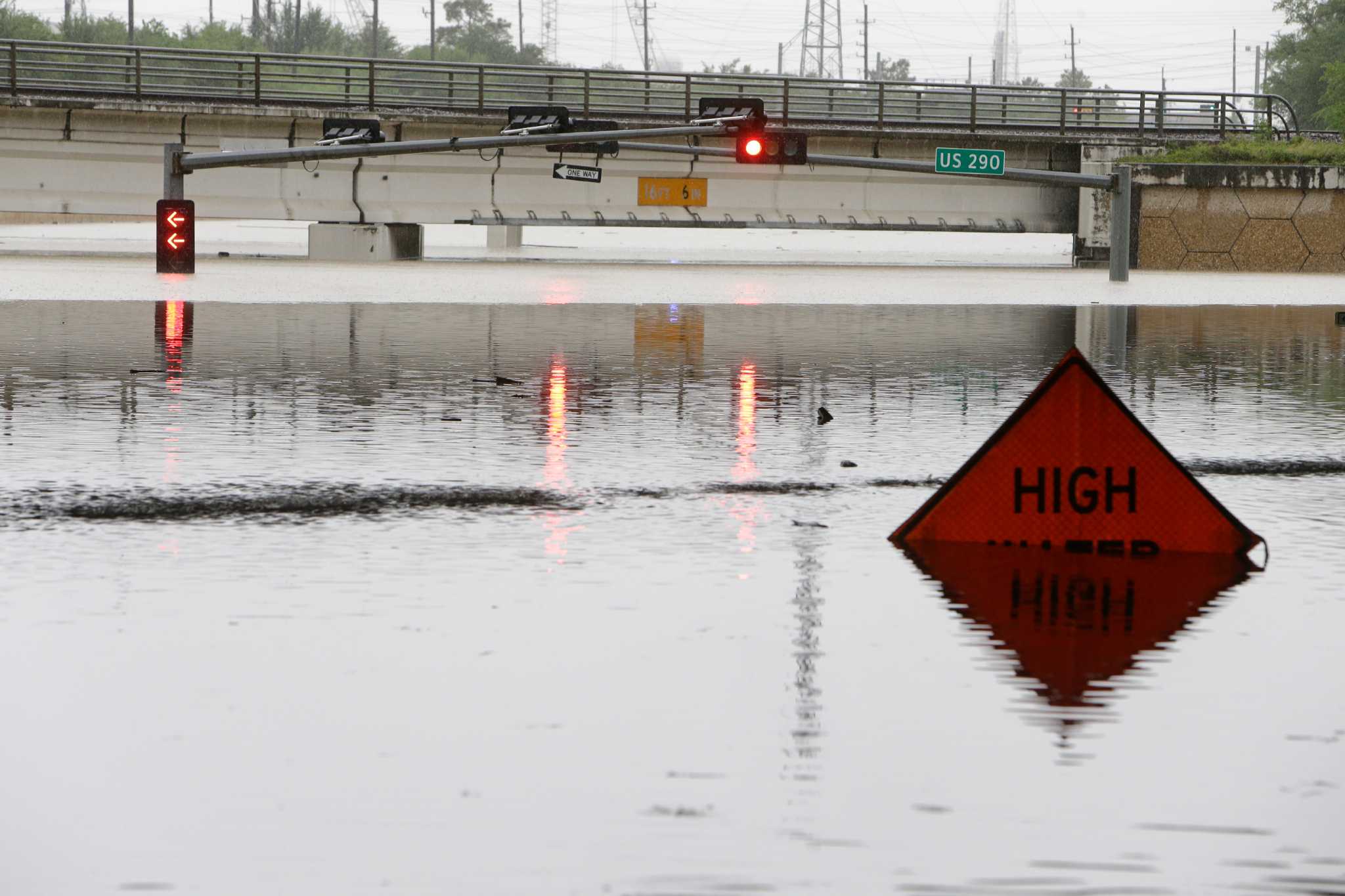Harris County, Texas
500-year Floodplains
The Greater Houston area experiences, on average, five days of flooding per annum. Due to the regularity and severity of flooding seen in Harris County, areas are being affected by floods more often. In Harris County, 500-year events are happening more frequently, three have occurred successively: 2015, 2016, and 2017. With another 500-year flood occurring in 2001. FEMA defines 500-year floodplains as those that have a 1-in-500 or 0.2% annual chance of flooding.
The city of Houston, situated in Harris County, is the most populated city in the state of Texas and the fourth most in the United States with a population of over 2.3 million people. Another 4.6 million live in the Greater Houston area. Many of those living in Harris County and Greater Houston would be affected negatively by extreme flooding.
Why the Region Floods
Harris County’s flat terrain, large amounts of impervious cover (concrete and asphalt), slow-absorbing soil, and potential for thunderstorms, tropical storms, and hurricanes all combine to form ideal conditions for flooding. Located in humid-subtropical climate and with its proximity to the coast, Harris County is susceptible to a large amount of rainfall that is often too great for its infrastructure and bayous to handle. Once the regions ditch and stormwater networks are inundated with runoff, streets then become secondary drainage facilities.
Those at Highest Vulnerability
The US Census Bureau classifies 39% of Harris County as high-poverty, with at least 20 percent of households living at or below the poverty line. These populations would be hit hardest by a natural disaster such as flooding. Most of Harris County’s affordable housing is in areas that are more flood-prone, they are cheaply constructed and poorly maintained, resulting in housing stock that would easily succumb to flood waters. Also, the most underprivileged populations are less likely to have access to the information and resources needed to adequately prepare and respond to anticipated threats, such as flood events.
How to Prepare
One of the best ways to prepare for a flood is to know if you are at risk for one, whether it be a flash flood, 100-year, or 500-year. Communities should have outreach programs to inform those in areas at high-risk that they are at risk of flooding and what type, how to monitor for potential signs of flooding, and evacuation routes and shelter plans.
Communities at risk of flood events need to work holistically to ensure that every resident is attended to before, during, and after a natural disaster. Special attention needs to be given to those populations identified as being the most vulnerable.
Hurricane Harvey, 2017

Flooded Lake Houston homes
(Photo: Win McNamee/Getty Images)
Recent 500-year Floods
- 2017 (Hurricane Harvey)
- 2016 (Tax Day)
- 2015 (Memorial Day)
- 2001 (Tropical Storm Allison)
- Houston Flood Safety
Tax Day Flood, 2016
